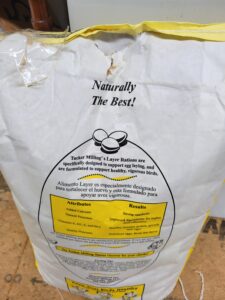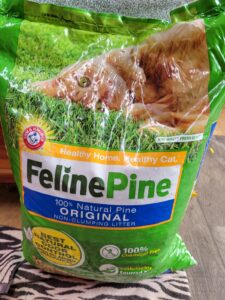Hey folks,
It’s early September here in East Tennessee and this is a great time to begin planning and building your garden beds for next year. I’ve got a few different methods under my belt, so I’ll pass along my main method for your consideration:
Whether you’re dealing with rocky/compacted/clay or entirely absent soil (some folks build on top of concrete and asphalt) this method will eventually produce rich garden soil with depth and texture that supports your plants while making it easier to weed.
You can build a border if you’d like. Lumber, brick, block: any of these will work. It’s your call on aesthetics and budget. I especially like the look of slim, long logs that are stacked and supported by stakes or rebar. They decompose eventually, which gives you further nutrient and carbon density. The most important rule here is to keep your bed size manageable. Three feet is the maximum width I’d suggest if you can only access it from one side. If you can access both sides, four feet works. You can make it as long as you prefer.
For your first layer, you can place several layers of newspaper or clean cardboard to act as a weed barrier.
Second, throw down some chicken feed. Your best bet is to go to the feed store and ask for any damaged bags. They’ll be discounted. I’ve been advised by more than one garden builder that this will attract earthworms and other useful bugs to the area. Don’t worry about attracting mice or other critters, we’ll be covering this up immediately. Toss a few handfuls per square foot of bed space.

Next, if you have finished compost, put down a couple of inches. Old mulch or wood chips are also good options. If your soil is lacking in acidity in general, adding pine litter supplements that. Coffee grounds are also an option for acid balance.

Next, go for some general purpose topsoil. I get 1.5 cubic ft bags from Ace, at about $2 each. If you’re making lots of beds, a bulk load will be more economical. Use as much as you need to get about 14 inches of depth.
Finally, apply soil conditioner (bagged or delivered as needed) for the final two inches, then add a light layer of mulch to finish.
Extra amendments: if you have access to them, both goat and rabbit manure can be amended directly into the beds. I added composted goat manure to my urban gardens in our final summer there and grew the healthiest, most robust vegetables thus far. The stuff is magic.
Keep in mind this is one option of many. I always focus on building good depth and diversity. Plants are adaptable and by observing them, you can assess any changes needed.
I’ve used this method at multiple locations to get beds up and running quickly. As the lower levels break down and the soil settles, you can continue to amend with compost (especially composted leaves), soil conditioner and/or composted manure. You can add an extra heavy layer of mulch to prevent excessive erosion over the wintertime (especially if you have a rainy one like we do) and by early spring, you’ll be ready to plant. You can also install row covers or plastic over your beds to create a warmer microclimate for sowing seeds a little sooner in your season.
That’s it! Lots of people overthink this process. I remind folks to pretend your garden is a forest floor. Think of what that’s composed of and try to replicate it. Growing food shouldn’t be stressful. Experiment and enjoy the process.
